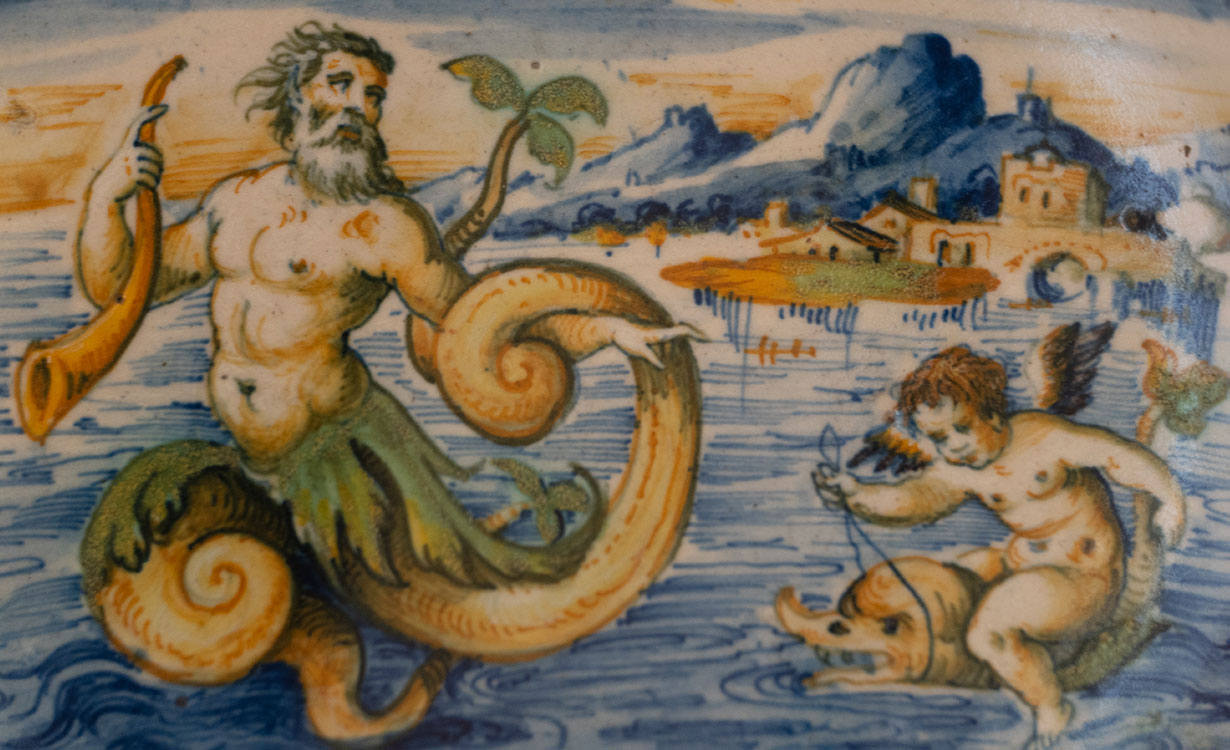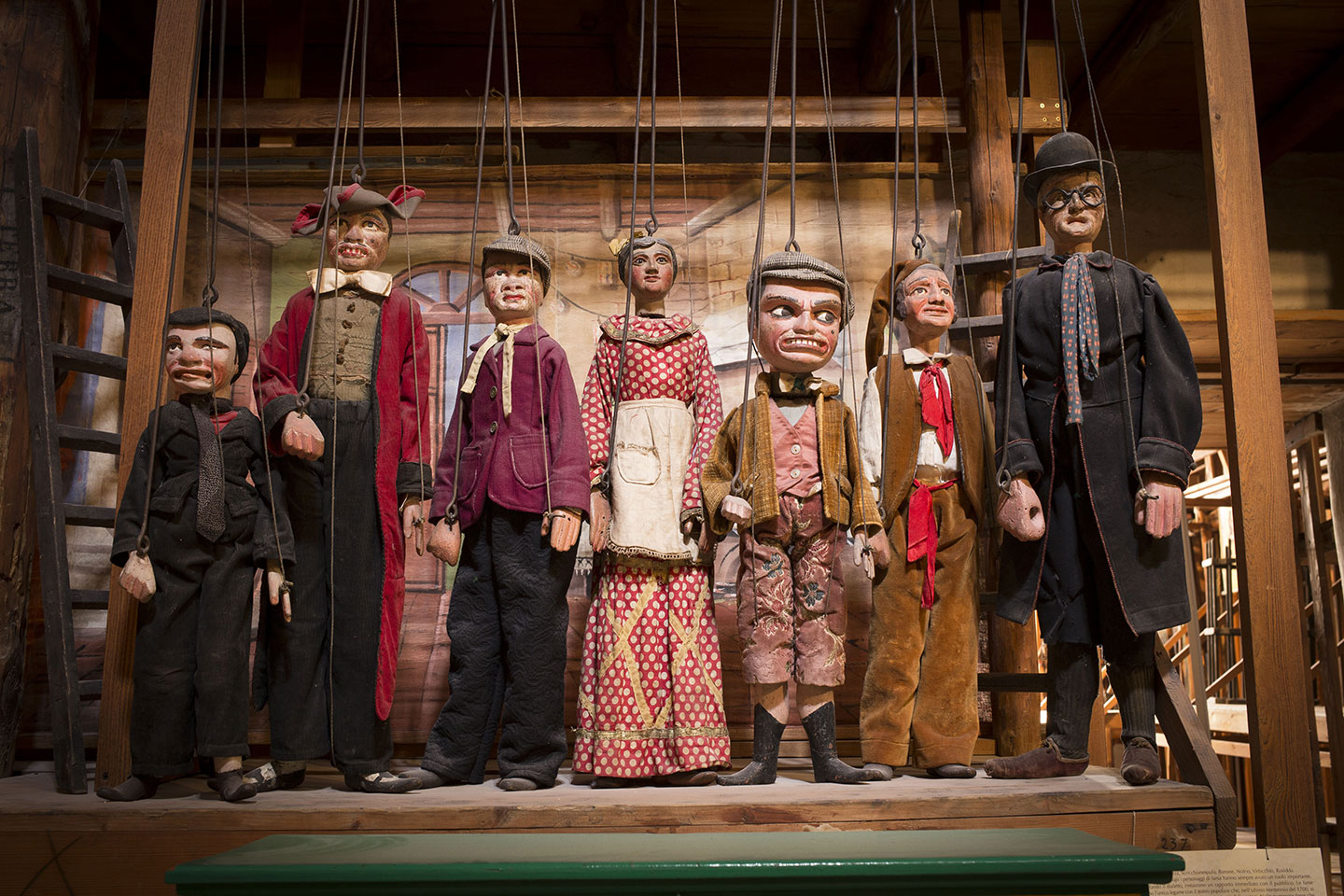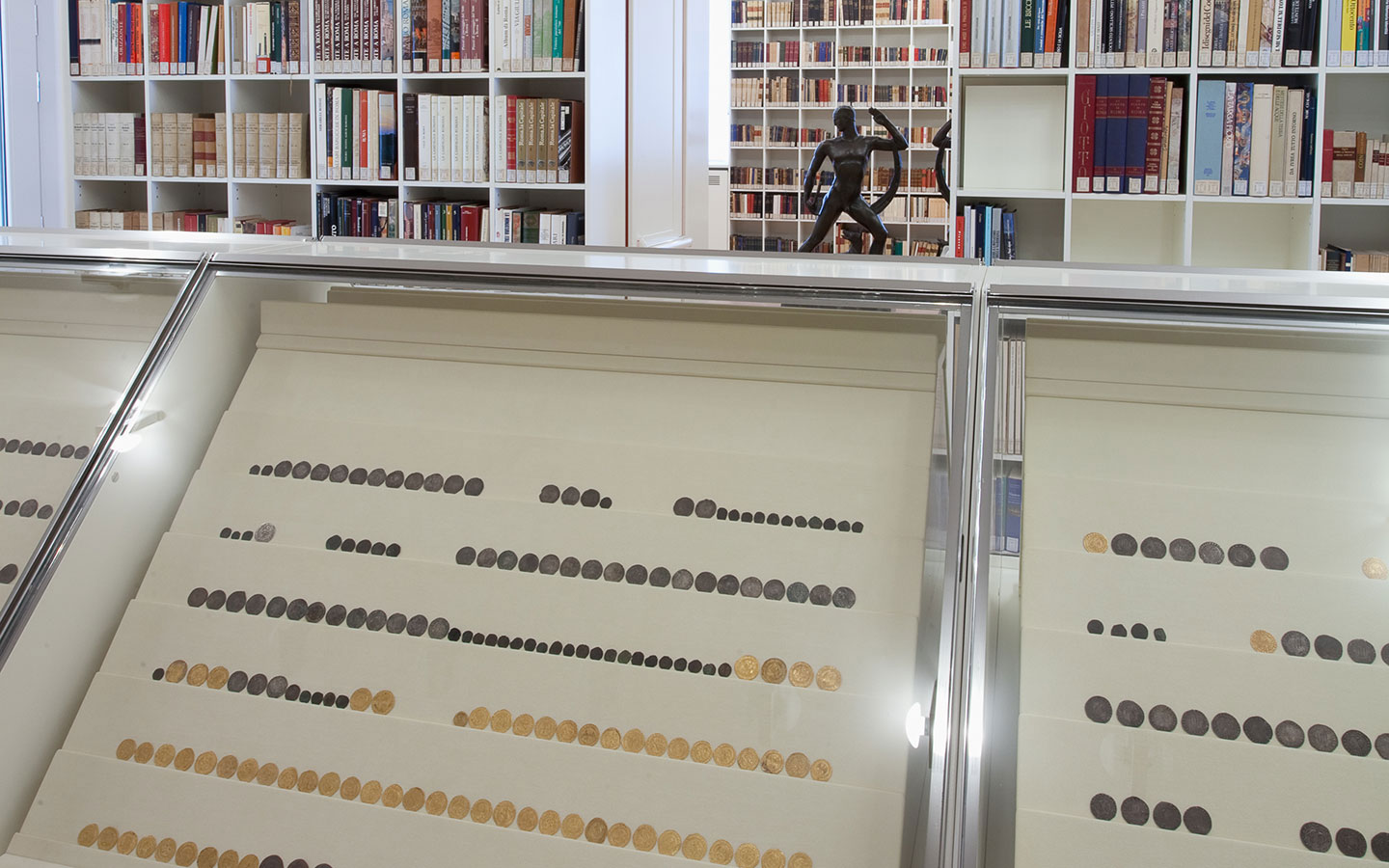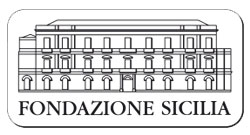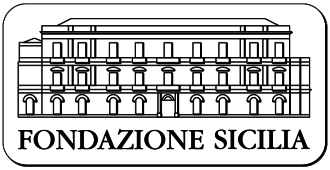Opened to the public in May 2012, the Palazzo, which extends over an area of 5.650 square meters, hosts the offices of the Fondazione and houses some of the Fondazione Sicilia collections, which are open to the public.
On display on the ground floor is the archaeological collection and the historic majolica collection; the main floor houses the stamp, coin and sculpture collections, along with the reading hall of the historical Library. From here you can make your way to the splendid rooms of the Monte di Santa Rosalia, a rare surviving example of wooden architecture, now housing temporary art exhibitions and the permanent exhibition Collezione Giacomo Cuticchio Pupi Siciliani.
Archeology
Fondazione Sicilia’s Archaeological Collection can be found on the ground floor of Palazzo Branciforte, in the area known as Cavallerizza (riding school).
The collection is divided into three main parts: the objects loaned by the Soprintendenza per i Beni Archeologici; the finds, mostly funerary objects, from archaeological excavations in Selinunte, Terravecchia di Cuti, Himera and Solunto, funded by the Banco di Sicilia; purchases from private owners and antiques markets.
There are 4,751 objects, to be precise, mostly ceramics of various types from different periods of history (prehistoric and protohistoric, Greek, Siceliot, Magna Graecia and indigenous objects from the Archaic, Classical and Hellenistic periods), as well as architectural and votive terracottas, bronzes, jewellery, glassware and ivory. From the Roman period there is a two-faced Herma and an amphora for the transportation of wine, which was recovered from the sea.
Majolica
Fondazione Sicilia’s collection of majolica contains pieces of extremely high quality and of immense historical and artistic value.
The most important examples in the collection are from the seventeenth and eighteenth centuries, including very rare pieces from Sicily and also masterpieces from other parts of Italy (Faenza, Urbino, Venice and Rome), Europe and even the East (China, Iran, Turkey), made between the fifteenth and eighteenth centuries.
Each collection contains pieces of great quality, but the one that stands out above the rest is the magnificent fourteenth century dish by Francesco Durantino, which depicts Scipio’s victory over Carthage, as it is told by Livy in the text written by the artist on the back of the dish.
In the rooms adjacent to the Auditorium Branciforte, you can find eight frescoes on wood by the seventeenth-century artist Gaspard Dughet , depicting biblical scenes featuring Jacob, David and the burning of Sodom.
Cuticchio Collection
The 109 ‘pupi’ and the other stage designs and machines that have been set up permanently at Palazzo Branciforte, according to a project by Mimmo Cuticchio, complement the Sicilian heritage that is already hosted in this museum. At the same time, this collection is also a testimony to an ancient theatrical tradition, which is willing to preserve its roots in order to live on and keep changing. Palazzo Branciforte has chosen to acquire this extraordinary collection of puppets, stage designs, playbills and barrel organs, and to display them permanently at the Monte dei Pegni.
This choice follows the will that the Cuticchio family has clearly expressed to safeguard and make their unique heritage accessible in order to usher the memory of these art and family mementos across time.
Philately
The Philatelic Collection on the first floor of Palazzo Branciforte includes rare postal documents regarding the first stamps to be issued by the Kingdom of the Two Sicilies, in 1858 in the Kingdom of Naples and on 1 January 1859 in the Kingdom of Sicily.
These stamps portray the characteristic figure of Ferdinand II,based on a perfect engraving by Tommaso Aloysio Juvara (1809-1875) from Messina, who was one of the most famous engravers of the second half of the 1800s. The foundation’s collection includes examples of exceptional interest and rarity.
Numismatics
On the first floor of the Palazzo you find Fondazione Sicilia’s Numismatic Collection, consisting of over a thousand coins, the only complete collection of medieval and modern Sicilian coins that is entirely open to the public in Italy.
It testifies to the continuity of coinage in Sicily, from the Aragonese and Bourbons: six centuries of coin production in the mints of Sicily documented in this collection, covering a time span that goes from 1282 (beginning of the Aragonese period, after the Sicilian Vespers) to 1836, the year that Ferdinand II authorized the last minting of coins in Palermo.
Some of the coins are unique or exceptionally rare coins; the collection also has examples of bronze weights.
Sculptures
The collection includes fifty-five sculptures from the nineteenth and twentieth centuries. In a room on the first floor of Palazzo Branciforte, there is a collection of bronzes by Antonio Ugo, Giacomo Manzù, Costantino Barbella, Vincenzo Bentivegna, Tommaso Bertolino, Pasquale e Benedetto Civiletti, Ettore Cumbo, Jaroslav Horejc, Edouard Drouot, Giacomo della Giustina, Filippo Sgarlata, Benedetto De Lisi Jr, Domenico De Lisi, Lucio Fontana, Vincenzo Gemito, Nino Geraci, Filippo Silvestro Giulianotti, Emilio Greco, Salvatore Profeta, Domenico Abate Cristalli, Guido Righetti, Benedetto D’Amore, Igor Mitoraj.


